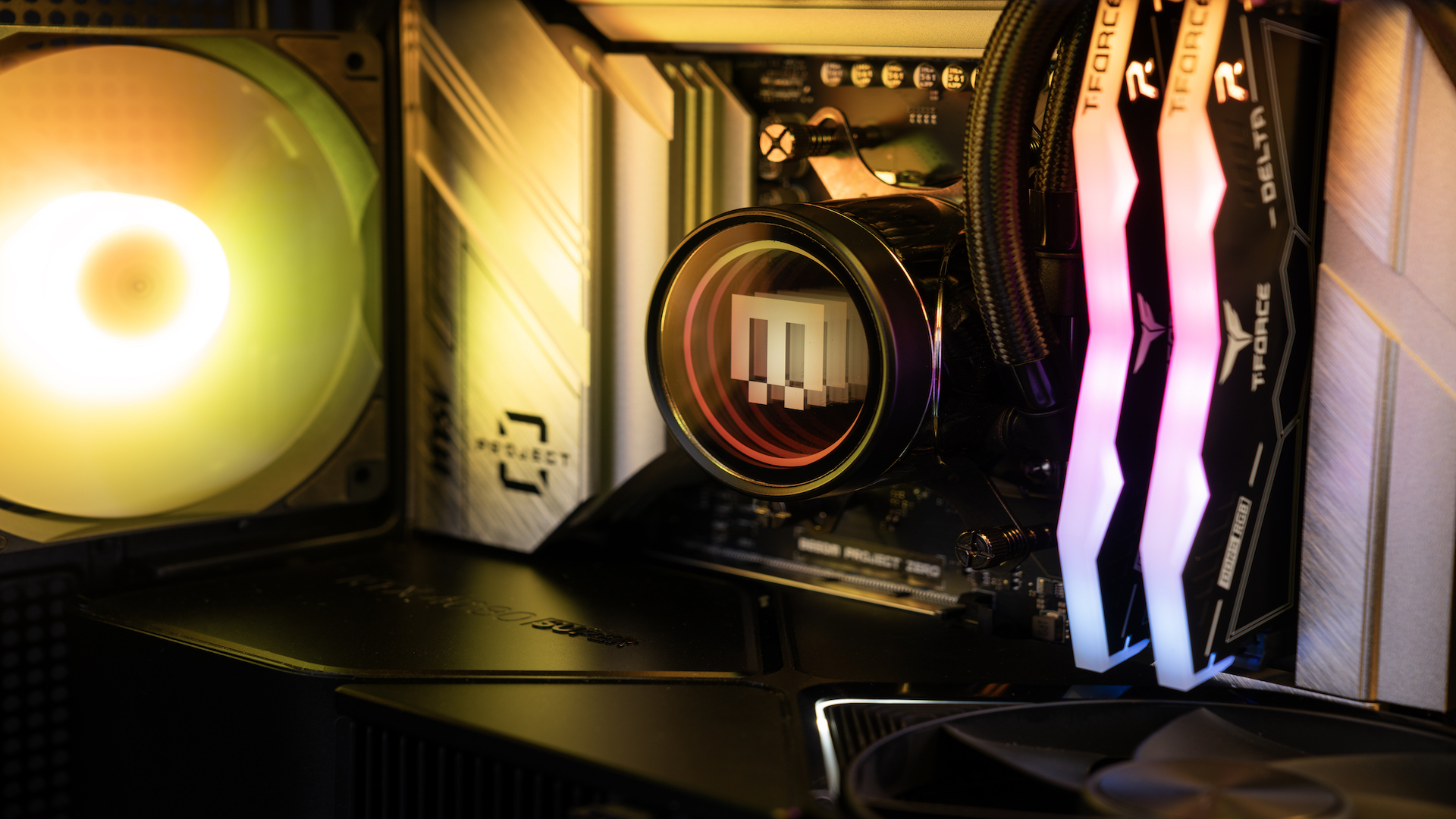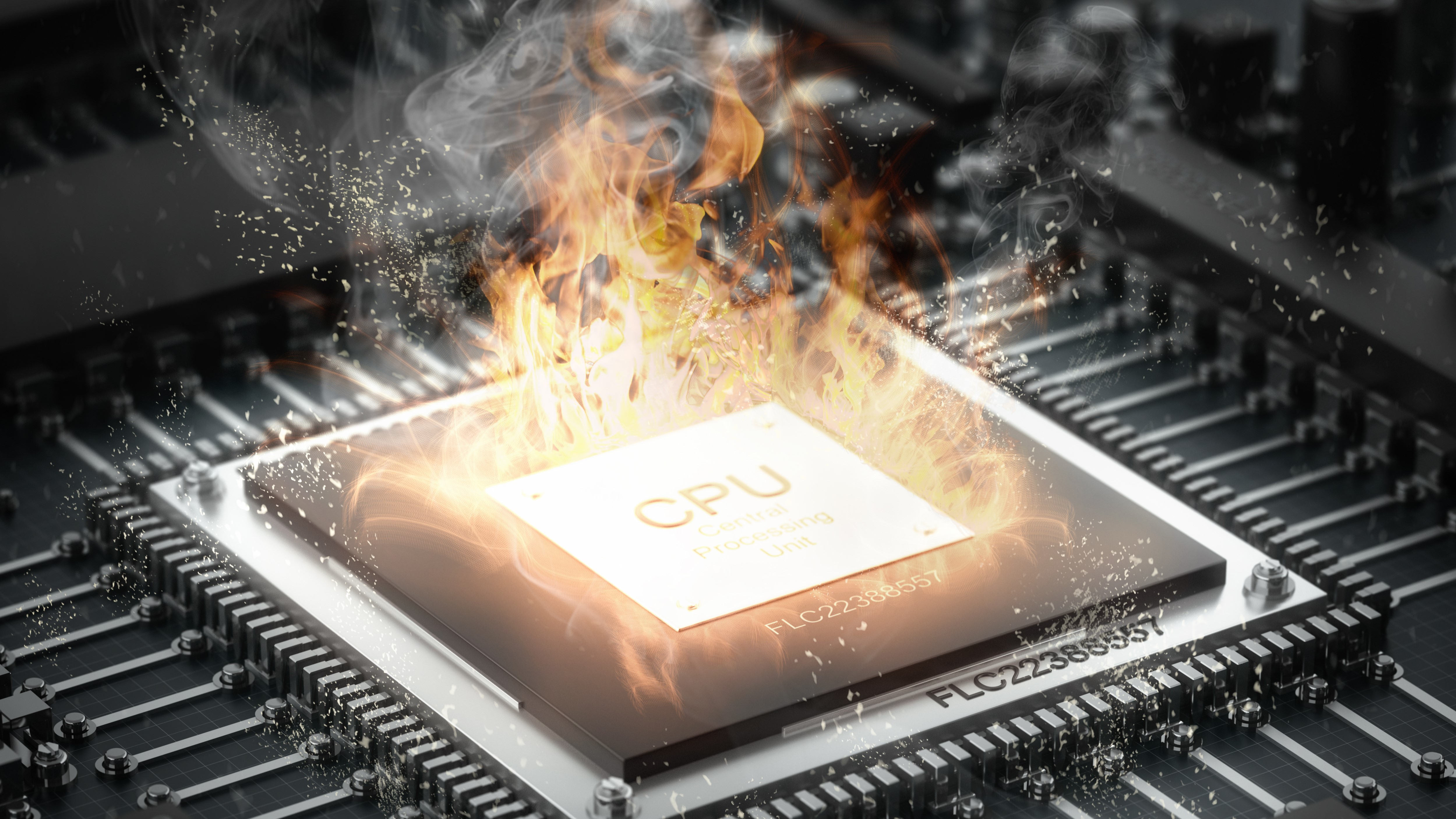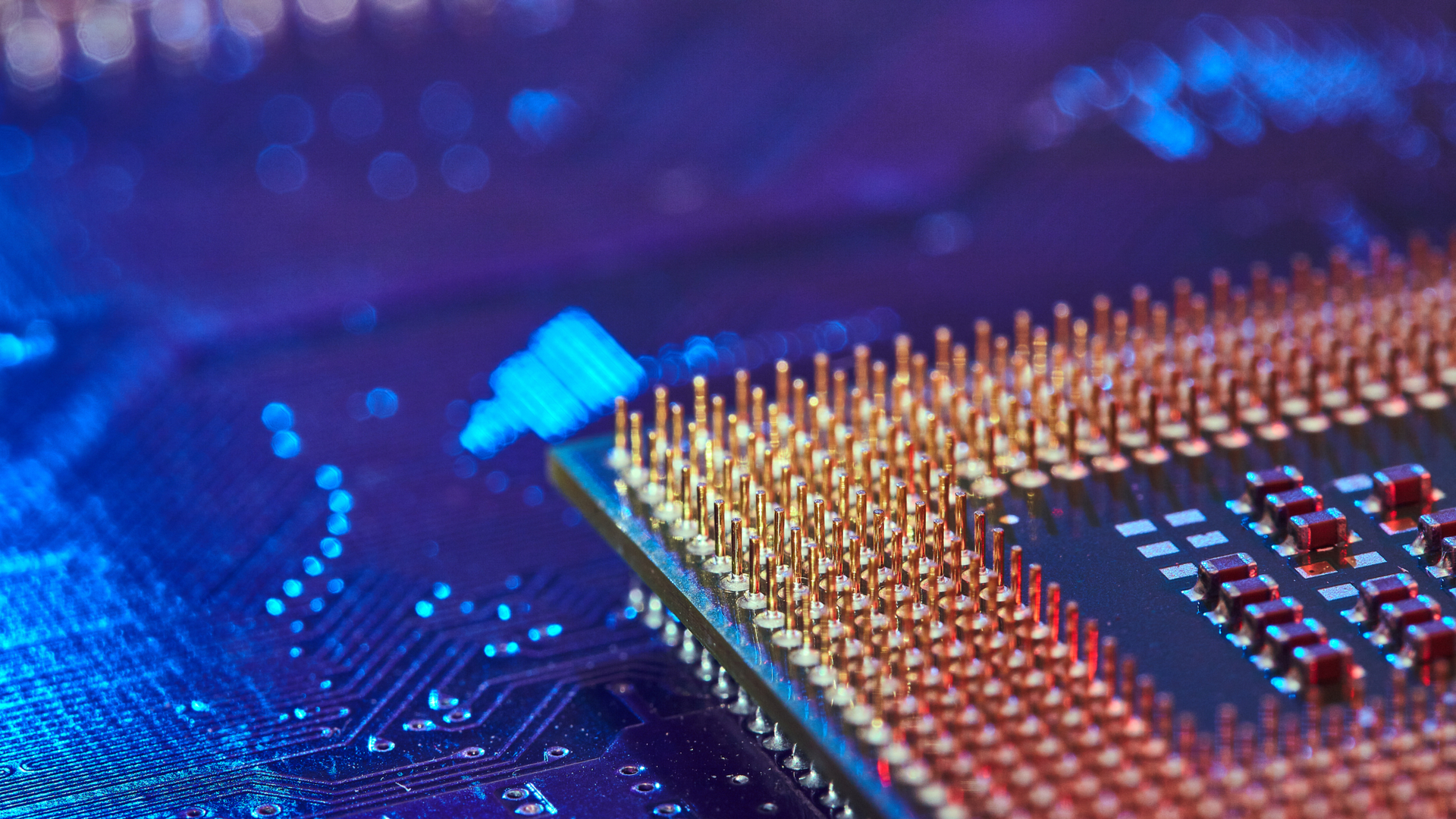Summer heatwaves are a nightmare for PC gaming – here are the tricks I'm using to stop my room from becoming a sauna
Gaining better performance as well...

There are a lot of great things about the summer season. It brings people together for more social activities, spreads positivity with nice sunshine, and even helps keep things lively indoors (if you're an introvert like me). For PC gamers, though, it makes the enjoyment far more difficult.
The heat levels that PC hardware produces, notably with high-end GPUs, are already high enough when under load. Plenty of cooling methods can help minimize this, such as more powerful CPU air coolers, more fans for intake and outtake, or water cooling (All-in-One liquid cooling or better known as AIO).
However, I'm not willing to opt for AIO cooling; call me scared, but I don't want any liquids near my PC (even if it's the non-conductive mineral oils) - I'm sorry, it just feels strange. Air coolers are where it stops for me, especially when there's plenty out there that do a great job at keeping temperatures low and have served me well for a while (I'm using Thermalright's Peerless Assassin 120 SE). Despite that, the narrative changes when heatwaves are active.
Recent temperatures in the UK have made indoor work and gaming more exhausting, with my PC's CPU and GPU temperatures skyrocketing. With summer fast approaching, it's only going to get worse here, in the US, and other regions - and that's where I've come across some potential solutions (well, sort've).

Undervolting your CPU, if you can, is incredibly beneficial for low temperatures
If you're like me, who has an irrational fear of tweaking settings in your PC BIOS, or worse, updating your BIOS firmware and potentially losing power, you might be quick to dismiss the idea of undervolting.
Fortunately though, for a large majority of the time, if you follow the instructions in your motherboard's manual regarding BIOS functionality and settings, there's nothing to be afraid of (even if you happen to make a mistake), as removing the CMOS battery or resetting the motherboard will save you. Just make sure you don't update your BIOS firmware during possible power cuts - seriously, I mean it.
Now, you might be wondering, what's so great about undervolting your system? Well, it's simple; undervolting your CPU and GPU can lead to much lower temperatures as it makes these components use lower voltages, consuming less power.
Get daily insight, inspiration and deals in your inbox
Sign up for breaking news, reviews, opinion, top tech deals, and more.
While there are risks involved, such as potential instability issues with your CPU, it comes down to a case of 'Silicon Lottery', which refers to the chances of your processor having slight manufacturing differences - essentially, your CPU may be performing better or worse than another unit of the exact same CPU. So, some CPUs may only need low amounts of voltage to reach stock clock speeds or even higher, while others may need more voltage to do so.

That might sound a little scary, but the good news is you don't need to access your BIOS whatsoever to do this - hurray! It's also worth mentioning that there's a way to avoid any data loss or corruption from potential CPU instability.
For my AMD Ryzen 7 5700X3D CPU, undervolting was possible thanks to PBO Tuner (available via GitHub), an application that allows you to edit offset values of each CPU core. To get a sense of performance capabilities and temperatures, I used Cinebench R23 to stress test the processor before editing each value.
I took the big leap and set each value to minus 30 - don't be like me, just start with minus 10 and work your way down with each test for the sake of stability - and the results were pretty surprising, to say the least.
Before the undervolting process, my CPU temperature hit a maximum of 85 degrees Celsius when running Cinebench - a significantly high temperature that shouldn't be maintained under load, and likely because of the added spring heat - and it also scored 11,409 points.
After the undervolting process, my CPU temperature hit a maximum of 75 degrees Celsius during the benchmark, a 12.5% decrease in thermals. Perhaps the best part besides temperature improvements, is that the processor scored 12,968, a 12.7% uplift in performance.
The performance improvements were evident in games too, with far less stuttering and much better frame pacing (and slightly higher frame rates). This is more than likely because my processor was throttling beforehand to avoid overheating, effectively holding performance back where necessary. With lower temperatures, that's not a big concern.
To keep the undervolt active without doing it manually on startup, you'll need to open Task Scheduler, create a task that runs the PBO Tuner app with the highest privileges configured for Windows 10 - it must be set to run at system startup and when the user is logged on. Then, in the 'Actions' tab, create an action and set it to 'Start a program'.
In the 'Add arguments' box, add every value you've set for each core, according to the number of cores you have - my CPU has eight cores, so I've entered '-30' eight times. Ensure you have all boxes in the 'Conditions' tab unticked, and in 'Settings' only tick the box which says 'Allow task to be run on demand', then 'Queue a new instance' on the dropdown, and voila.
So far, after several stress tests and gaming for hours, I haven't witnessed any instability issues, and long may it continue - because I know for sure, I'm going to need it with the summer days ahead...
You may also like...
- AMD's Radeon RX 9060 XT 16GB GPU reportedly set to take retail priority over 8GB counterpart - is this the beginning of the end for 8GB GPUs?
- Tariffs could further disrupt the stability of the PC hardware market - and this new study suggests it's best to buy right now
- Two new laptops with Nvidia's RTX 5060 are coming, and leaked performance makes it seem like 8GB GDDR7 might actually be enough

Isaiah is a Staff Writer for the Computing channel at TechRadar. He's spent over two years writing about all things tech, specifically games on PC, consoles, and handhelds. He started off at GameRant in 2022 after graduating from Birmingham City University in the same year, before writing at PC Guide which included work on deals articles, reviews, and news on PC products such as GPUs, CPUs, monitors, and more. He spends most of his time finding out about the exciting new features of upcoming GPUs, and is passionate about new game releases on PC, hoping that the ports aren't a complete mess.
You must confirm your public display name before commenting
Please logout and then login again, you will then be prompted to enter your display name.